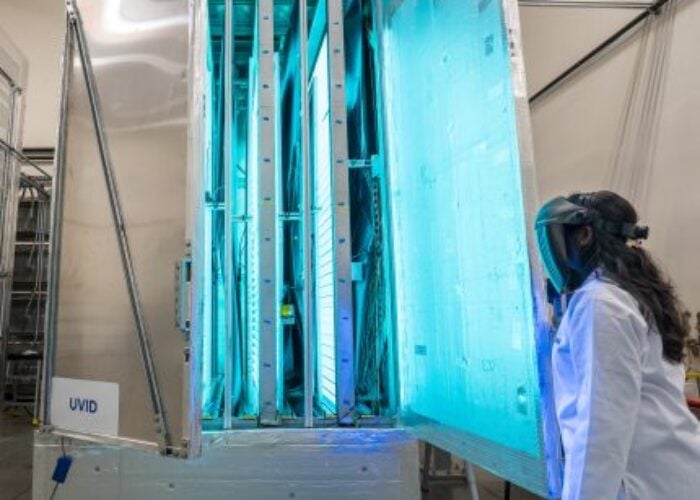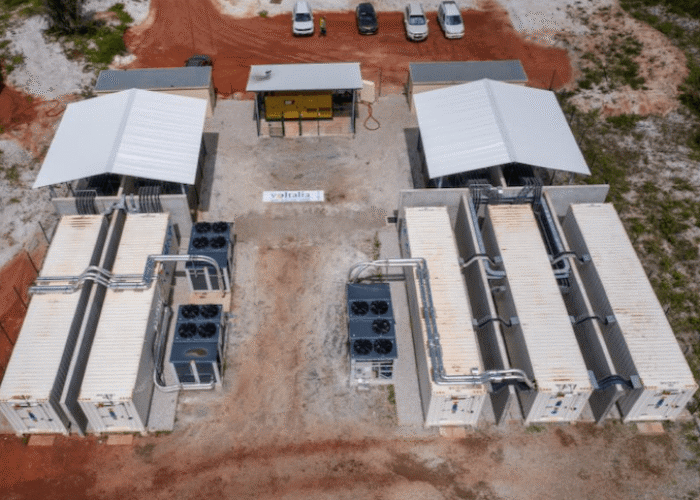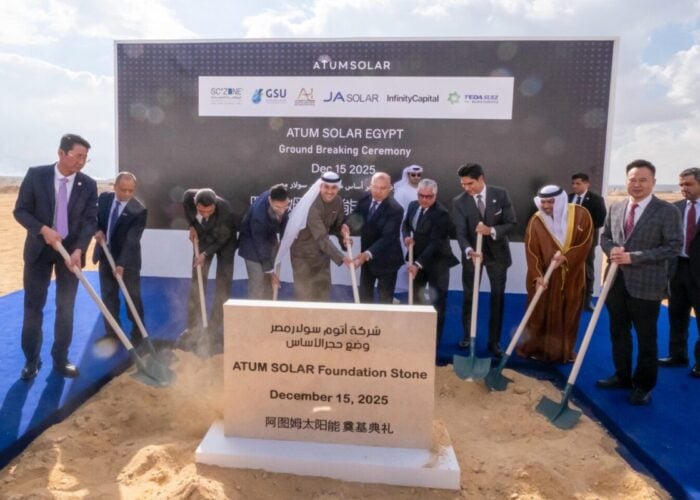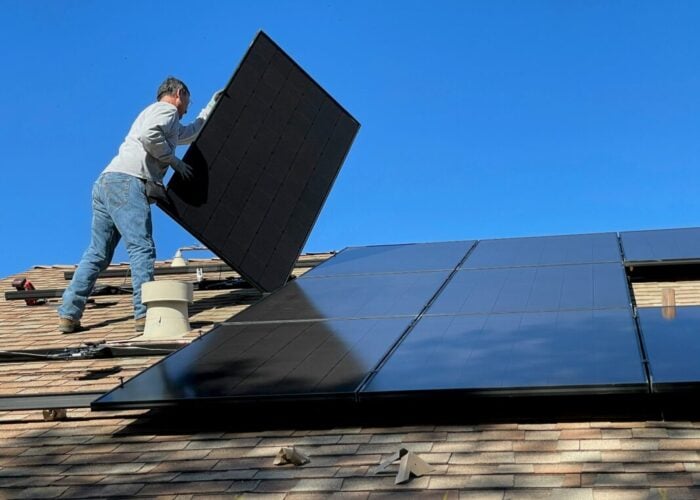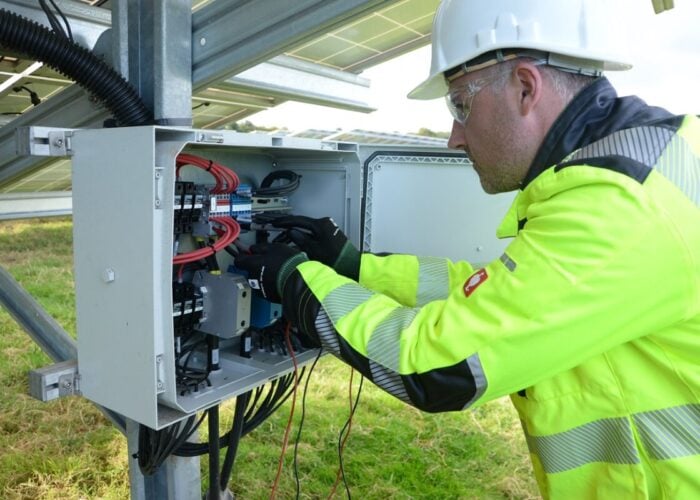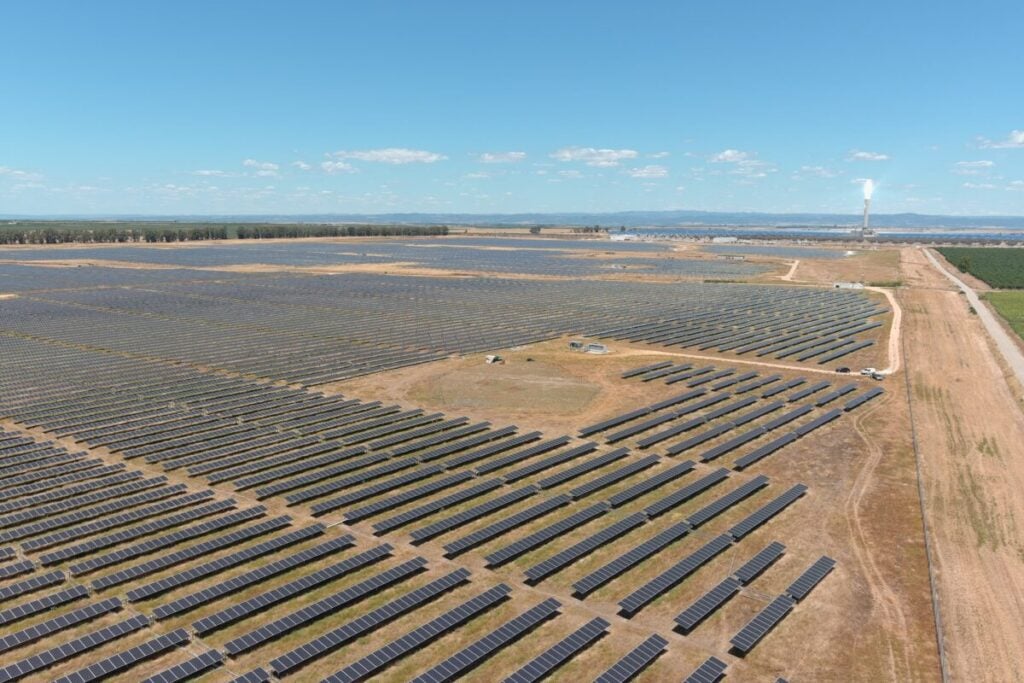
Malaysian clean energy solutions company Gentari Renewables has broken ground on its 243MWp Maryvale solar-plus-storage site in New South Wales, Australia.
The hybrid facility will integrate 243MWp of solar generation capacity with a 172MW/409MWh battery energy storage system (BESS), establishing it as one of Australia’s first large-scale DC-coupled solar and storage projects.
Try Premium for just $1
- Full premium access for the first month at only $1
- Converts to an annual rate after 30 days unless cancelled
- Cancel anytime during the trial period
Premium Benefits
- Expert industry analysis and interviews
- Digital access to PV Tech Power journal
- Exclusive event discounts
Or get the full Premium subscription right away
Or continue reading this article for free
The power plant will be located in Maryvale, around 37km southeast of Dubbo, in the Orana region of the state. It will be on a 360-hectare site. Australian Energy Market Operator (AEMO) Services inked a long-term energy service agreement (LTESA) last year to secure green energy from the project.
PCL Construction has been appointed as the engineering, procurement, and construction (EPC) contractor for the project. It brings extensive experience in utility-scale renewable energy installations.
TrinaSolar will supply the solar PV technology, while Contemporary Amperex Technology (CATL) will provide the battery energy storage system. Spanish inverter manufacturer Ingeteam will also supply its products to the project.
Commercial operations are scheduled to begin in early 2027, and the project is expected to have an operational lifespan of 25 years.
DC-coupling technology
The Maryvale project stands out for its implementation of DC-coupling technology, which integrates the solar array and battery storage at the DC side of the inverter.
This configuration offers several advantages over traditional AC-coupled systems, including improved efficiency, reduced equipment costs and enhanced flexibility in energy dispatch.
By capturing solar energy that would otherwise be clipped during peak production periods, the system can efficiently store this excess energy for deployment during evening peak demand or periods of low solar irradiance.
Several projects have implemented DC-coupling in Australia, such as Octopus Australia’s 300MW Blind Creek Solar Farm and Battery plant in New South Wales and its 80MW Fulham Solar Farm and Battery in Victoria.
Meanwhile, Western Australia already has an operational DC-coupled hybrid site in the form of Green Power Generation’s 128MW Cunderdin hybrid solar PV and BESS project, which was inaugurated in early April 2025.
Claire Elkin, head of Gentari Australia, hailed the project as one of the first DC-coupled projects in Australia, believing it could become a more prominent type of configuration in the country.
“As one of the first large-scale DC-coupled solar and storage projects in the country, it embodies our ambition to deliver clean energy solutions at scale while supporting grid resilience,” Elkin said.
Gentari’s expanding Australian renewables portfolio
Through strategic acquisitions and developments, Gentari has established a substantial presence in the Australian renewable energy market.
Gentari’s Australian assets include several operational facilities across multiple states. In Queensland, the company operates the Whitsunday Solar Farm and Hamilton Solar Farm, 69MWp installations located in Collinsville, and the 89MWp Clermont Solar Farm.
Gentari also manages the 60MWp Gannawarra Solar Farm in Kerang and the 110MWp Wemen and 149MWp Glenrowan solar PV power plants in Victoria.

